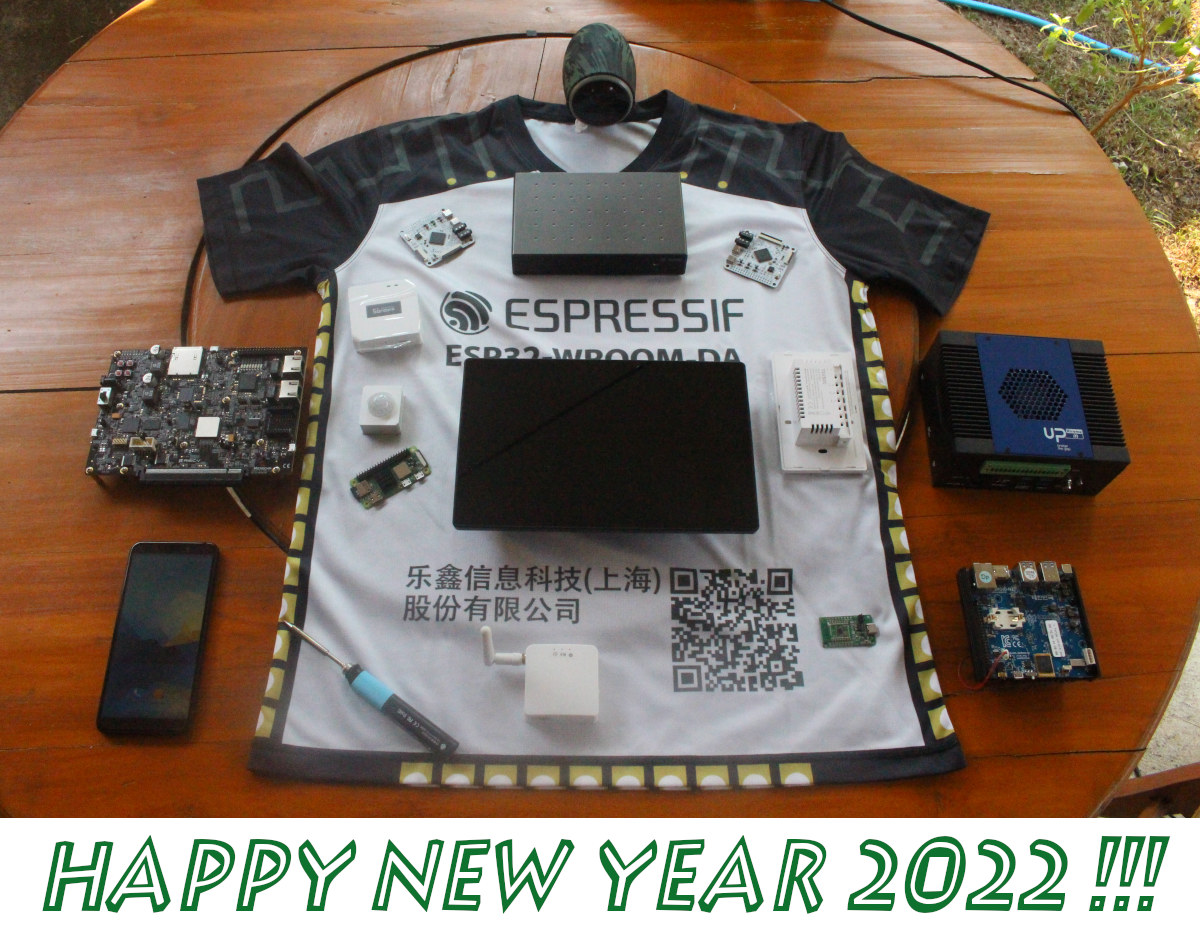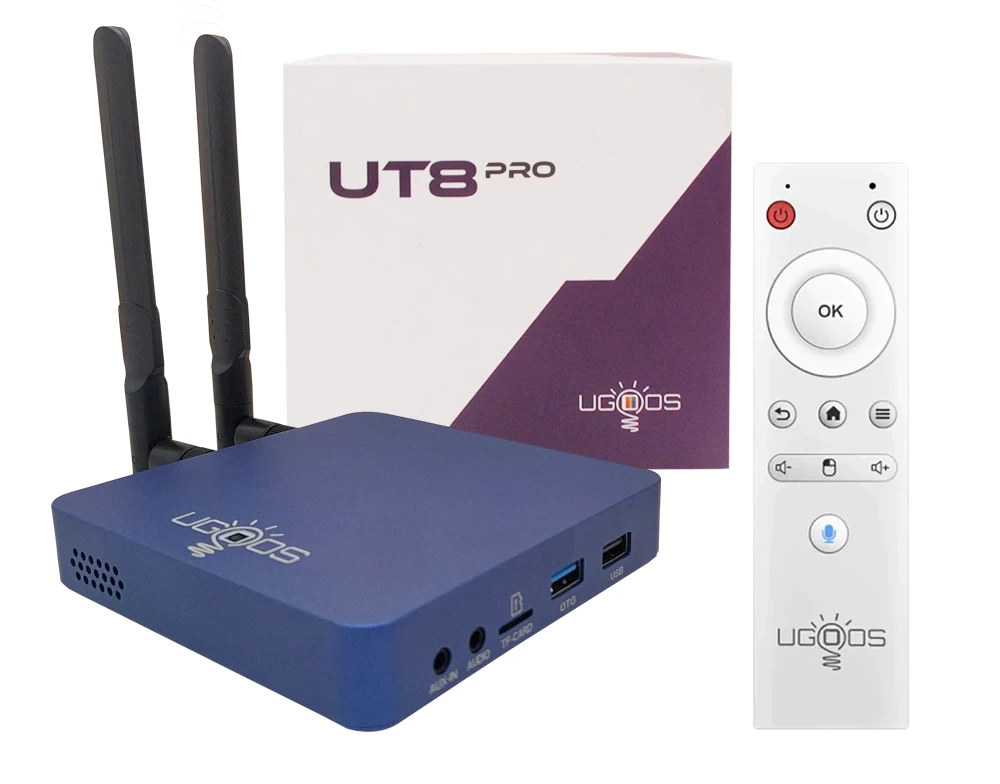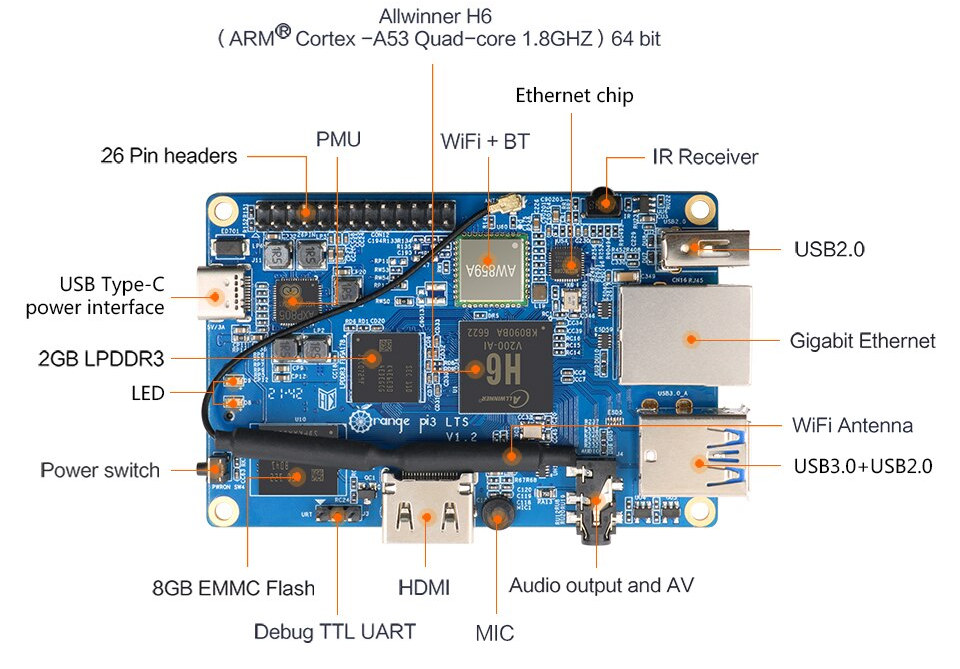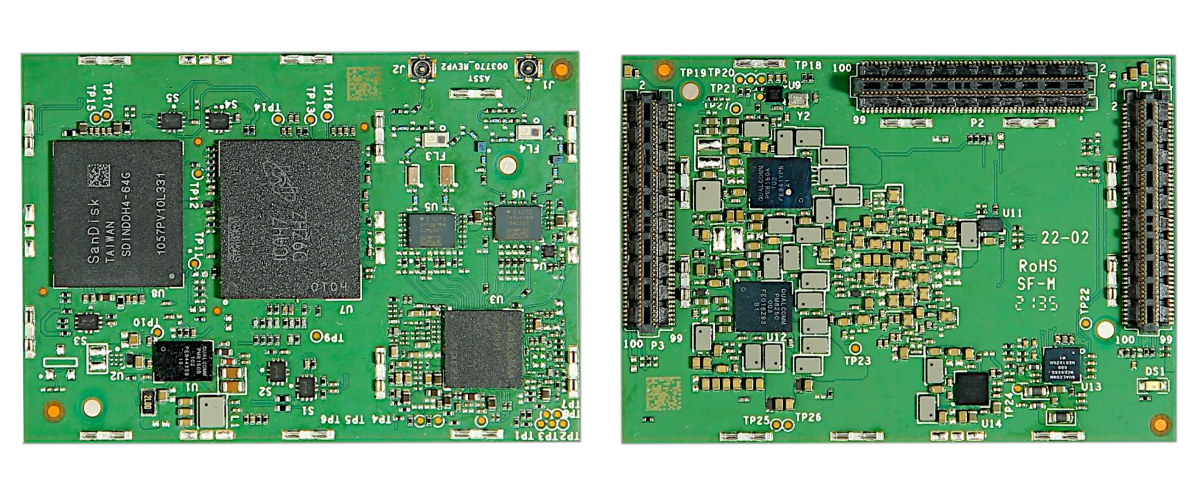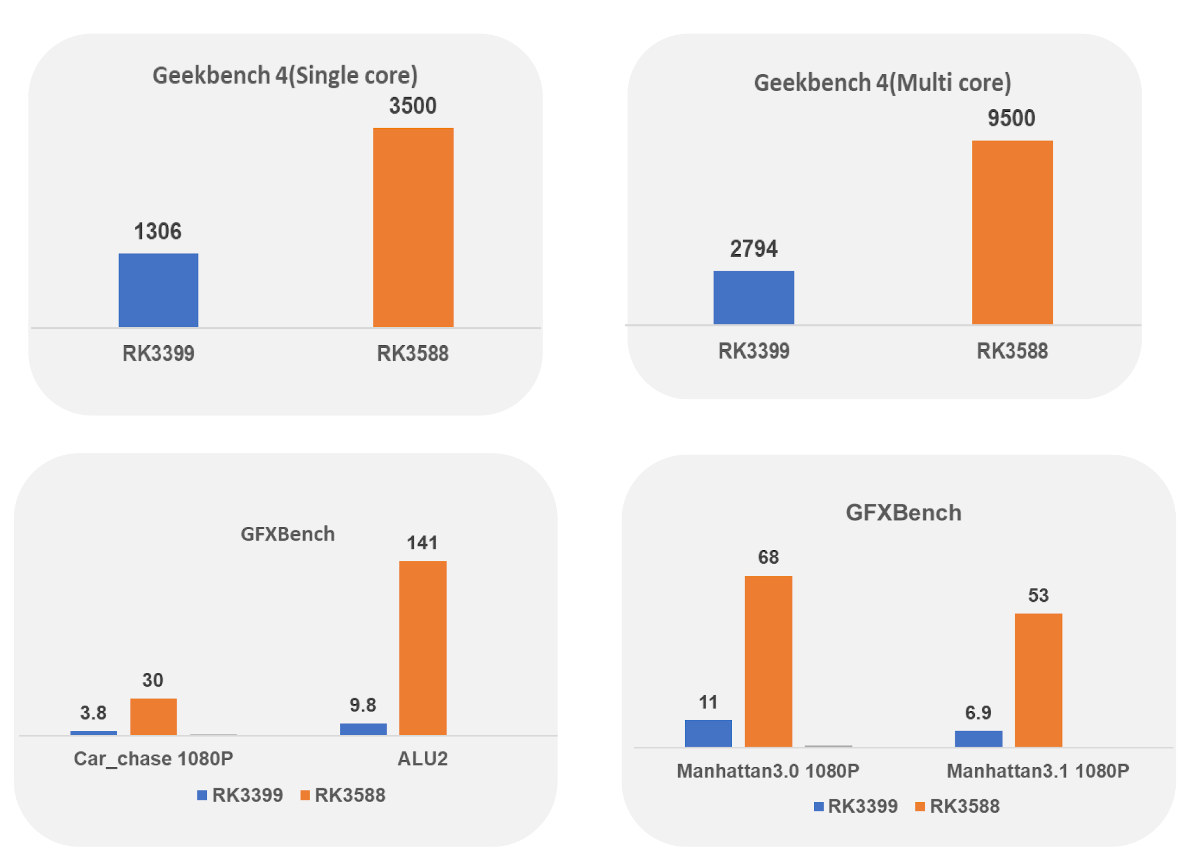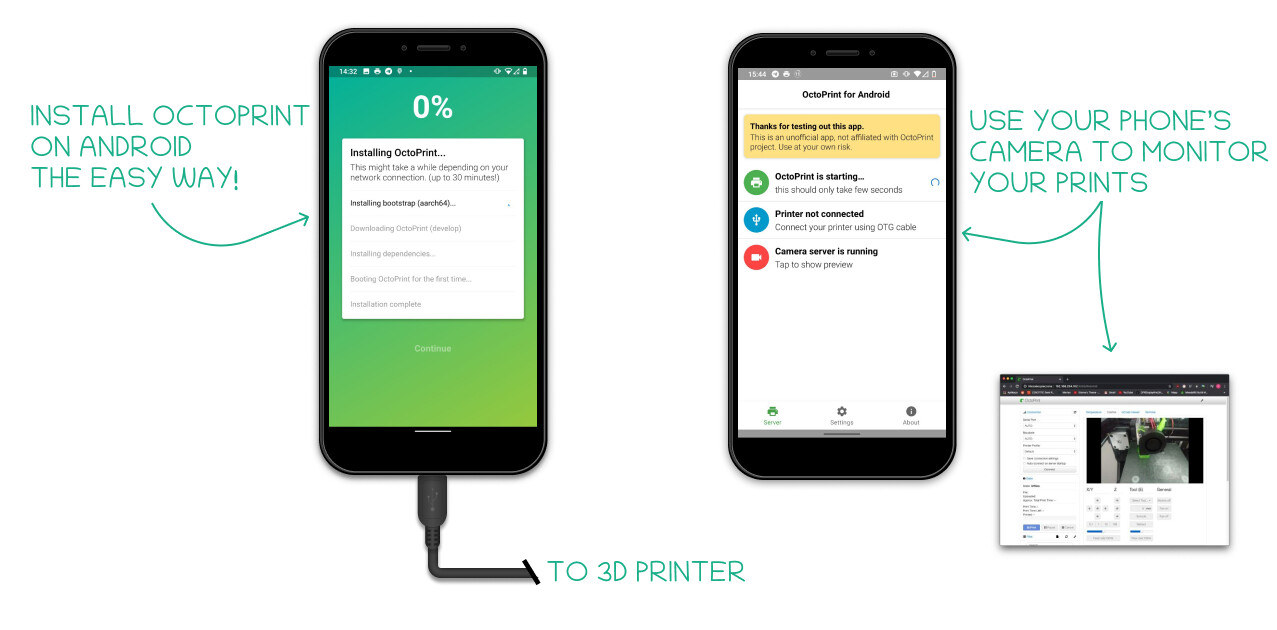Power supplies would typically transform AC mains to DC voltage with the use of transformers, rectifiers, or filtering, but Amber Solutions’ AC Direct DC Enabler chip claims to do without those old tech electromechanical components by enabling DC extraction directly from AC mains through solid-state architecture. The company claims the technology leads to dramatically smaller size footprints, while simultaneously “delivering a much more dynamic, configurable power delivery capability”. Consumer, commercial and industrial electrical products manufacturers and semiconductor companies can already evaluate the technology as the AC Direct DC Enabler is now available as a demo kit. The company made bold claims even announcing the death of transformers: The magic of the Amber AC Direct DC Enabler is that it allows manufacturers to add modern intelligence and enhanced functionality to new and existing products using much smaller silicon chips to manage and deliver DC power. Using a single silicon chip, this […]
Year 2021 in review – Top 10 posts and statistics
As per tradition, we’ll look back at what happened during the year in the last post, and see what 2022 may have in store, plus the usual statistics from CNX Software website. The biggest story of 2021 has to be the worsening of semiconductors shortages with extremely long lead times, prices of some components going up multiple folds, constant complaints on Twitter about availability and prices. I think I even saw a website, hopefully misconfigured, showing an estimated availability of a specific STM32 MCU in 2037. This also gave rise to opportunities and board redesigns, with MotorComm Ethernet chips replacing some Realtek chips in SBCs such as NanoPi R2C and Orange Pi R1S Plus LTS, and CH9102F showing up as a replacement for CP2104 in some IoT boards. We also got some interesting Arm processors, but sadly the high-expected Rockchip RK3588 got delayed by another year, although it’s getting really […]
UGOOS UT8 PRO – An RK3568 TV box with 8GB RAM, 64GB storage
UGOOS UT8 PRO is the first TV box I’ve seen with a Rockchip RK3568 processor, if we exclude Firefly Station P2 that’s more like an Arm Linux mini PC. The device runs Android 11 and is equipped with 8GB RAM, 64GB eMMC flash, and offers WiFi 6 connectivity. There’s also the “UGOOS UT8” with basically the same features except it ships with 4GB RAM and 32GB flash, and a dual-band WiFi 5 and Bluetooth module. We previously had seen TV boxes and mini PCs with the similar Rockchip RK3566 SoC in T95 Plus, H96 Max, and Zidoo M6, and the only reason for going with RK3568 in UGOOS UT8 (PRO) should be the extra USB 3.0 host/OTG interface, adding to the USB 3.0 host interface found in both RK3566 and RK3568 processors. UGOOS UT8 (PRO) specifications: SoC – Rockchip RK3568 with a quad-core Cortex-A55 processor @ up to 1.8/2.0GHz, Arm […]
$35 Orange Pi 3 LTS SBC comes with 2GB RAM, 8GB flash, AW859A WiFi 5 and Bluetooth 5.0 module
Orange Pi 3 LTS is a cost-down, more compact version of Orange Pi 3 SBC launched in 2019 with Allwinner H6 quad-core Cortex-A53 processor, Gigabit Ethernet, four USB 3.0 ports, and mPCIe socket with a PCIe x1 Gen2 lane. AFAICR, the latter never really worked well due to a botched implementation in the SoC. The new slimmed-down Orange Pi 3 LTS is sized like a business card, loses the mostly useless mPCIe socket from the original board, comes with 2GB LPDDR3 RAM (no more 1GB RAM option), a lower number of USB ports, USB Type-C power input, and an Allwinner AW859A WiFi and Bluetooth module replaces the Ampak AP6256 module from the original board. Orange Pi 3 LTS specifications: SoC – Allwinner H6 quad-core Cortex A53 processor clocked at up to 1.8 GHz with Arm Mali-T720MP2 GPU supporting OpenGL ES 3.1/3.0/2.0/1.1, DirectX 11 System Memory – 2GB LPDDR3 (before 1GB […]
Inforce 68A1 SoM supports up to seven 4Kp120 cameras, dual 4Kp120 video encoding/decoding
SMART Wireless Computing has announced the Inforce 68A1, a compact system-on-module based on Qualcomm QCS8250 IoT processor with support for up to seven concurrent 4Kp120 camera inputs, and decode/encode two 4Kp120 video streams simultaneously. Equipped with 8GB PoP DDR5 memory, 64GB UFS storage, a wireless module supporting 802.11ax Wi-Fi 6E and Bluetooth 5.1, the module is designed for high-end IoT applications such as smart cameras, video collaboration, AI hubs, connected healthcare, and smart retail. Inforce 68A1 specifications: SoC – Qualcomm QCS8250 octa-core Kryo 585 processor up to 2.84 GHz (high-performance cores) or 1.8 GHz (low power cores) with Adreno 650 GPU, Adreno 665 VPU, Adreno 995 DPU, Hexagon DSP with quad HVX, NPU230 neural processing unit, Spectra 480 ISP; 15 TOPS AI processing power System Memory – 8GB LPDDR5 (PoP) Storage – 64GB UFS flash Wireless – Qualcomm QCA6391 with 802.11 a/b/g/n/ac/ax Wi-Fi 6 2×2 MIMO, Bluetooth 5.1 Audio – […]
Rockchip RK3588 benchmarks – Geekbench4, GFXBench, Antutu
We’ve been talking about the Rockchip RK3588 Cortex-A76/A55 processor since it showed up in a roadmap in the Spring of 2019, and the initial plan was for a release in Q1 2020. But as most regular readers know, there have been delays after delays, and some people have even started to associate RK3588 with vaporware. But there may be light out of the tunnel with Rockchip RK3588 platform being showcased at the Rockchip Developer Conference 2021, notably with CPU and GPU benchmarks for the device. The results for Geekbench 4 reveal around 2.7 times (single core) or 3.4 times (multi-core) higher CPU speed, but the most impressive part is the GPU as GFXBench shows Rockchip RK3588 being multiple times faster than RK3399, in some cases over 10 times faster. A few weeks ago, we noted some Geekbench 4 results with a system running Android 12 with 8GB of RAM, and […]
Android 12 for TV released for ADT-3 Developer Kit
While Android 12 images and related AOSP source code were released in October, it took a bit longer for Android 12 for TV. But the latest version of Android for larger screens has apparently been released yesterday on the developer website with Android 12 for TV now available, albeit only for the ADT-3 Developer Kit based on the Amlogic S905Y2 processor. Google says they’ve improved the user experience and compatibility on TV devices with media playback improvements, a refined user interface, enhanced privacy and security, as well as better support for HDMI and TV tuners. Highlights of the Android 12 for TV release include: User Interface Background blurs using RenderEffect and in WindowManager 4K UI support (CNXSoft: up to now most devices were using a 1920×1080 user interface (framebuffer), and play 4K video on another hardware video buffer) Accessibility settings for font sizes Media improvements Automatic refresh rate switching to […]
Octo4a app installs OctoPrint server on Android smartphones
Octoprint is a popular open-source 3D printer controller software that runs on Raspberry Pi boards, Orange Pi Lite SBC, Amlogic TV boxes, and other devices. But considering many people may already an older, perfectly working smartphones at home, FeelFree (Filip) decided to create the Octo4a project that install an Octoprint server on Android smartphones. It makes perfect sense since many smartphones come with a USB OTG interface that can connect to the 3D printer for control, while the touchscreen display is used for the user interface, and the camera to monitor your prints. SSH could be used to access the phone Octoprint server and change the settings manually. You can access the source code and APK files on Github. You’ll need to enable third-party apps in the settings before installing the app in order to install Octoprint on the phone. The only required permission is storage, except if you’d like […]


